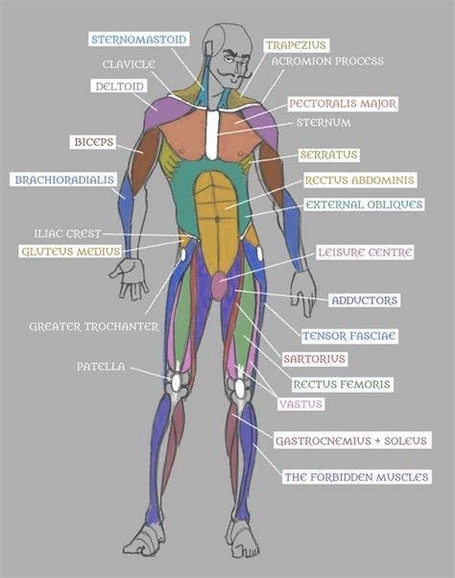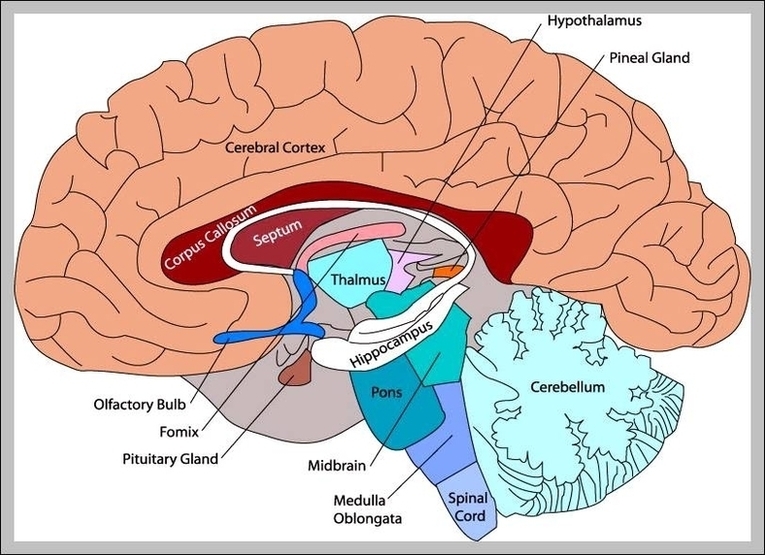Posted inDiagrams
Human Body Anatomy Diagrams Described In Detail
Human Body Anatomy The human body is a complex and intricate system, composed of many different types of cells that together create tissues, organs, and organ systems. These components ensure…




